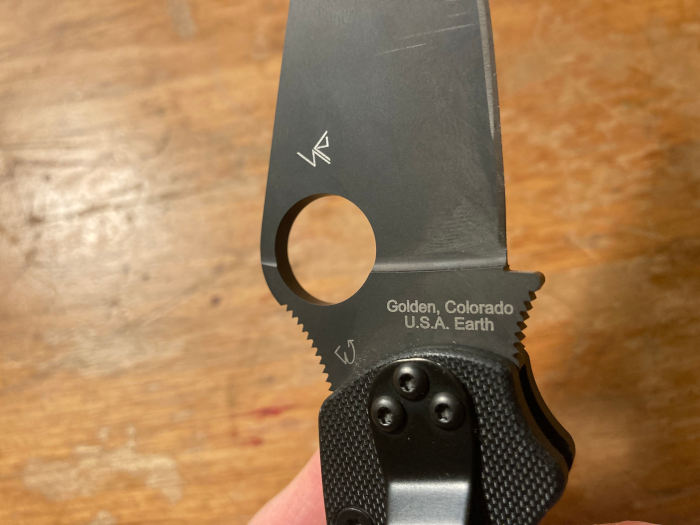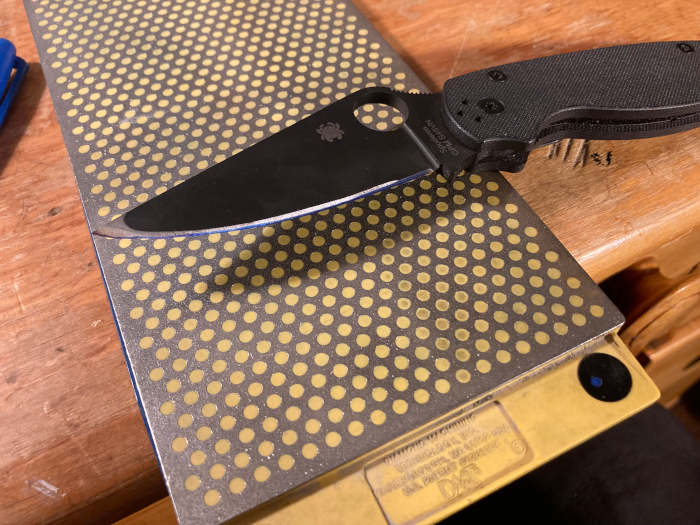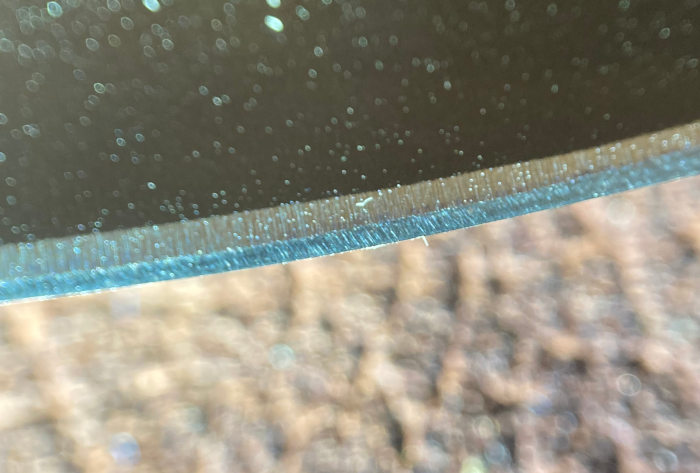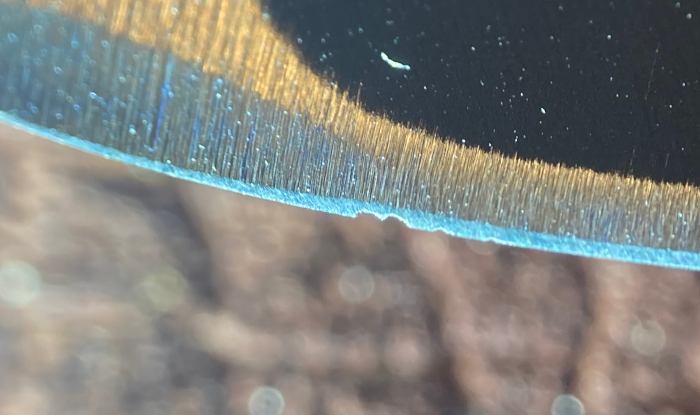- Joined
- Oct 1, 2007
- Messages
- 69
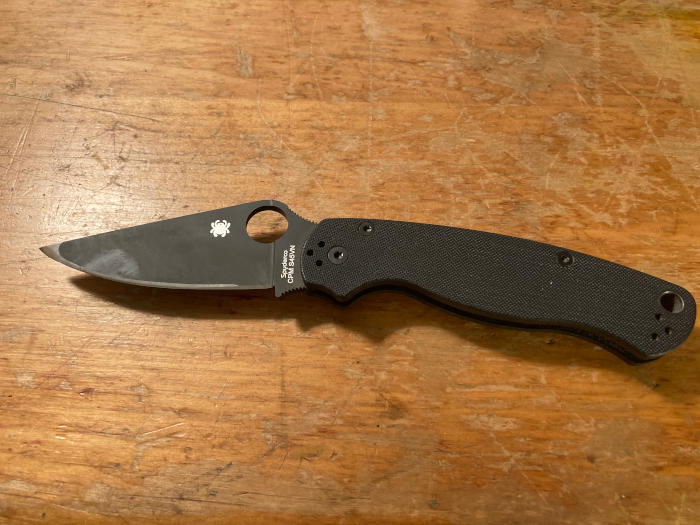
My brother found a beautiful Spyderco as a b-day present for me for all of 20 bucks. I love it!
Now to my question: looking at the tip, it looks like it was ground and got very hot - do y'all think it got hot enough to ruin the heat treat?
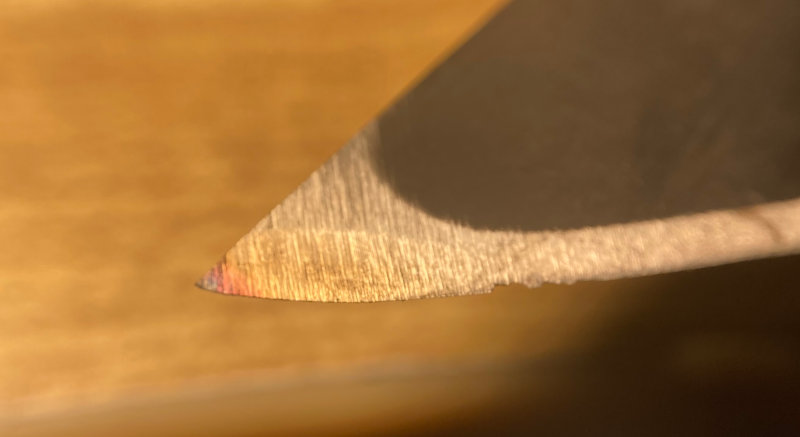
As for the chip in the edge, I was thinking I could try to sharpen it like a small serration to avoid taking off too much metal.
Thoughts? It's my first CPM S45VN knife; for sharpening I've got a big, coarse double-sided DMT stone and Spyderco ceramic benchstones and rods.
